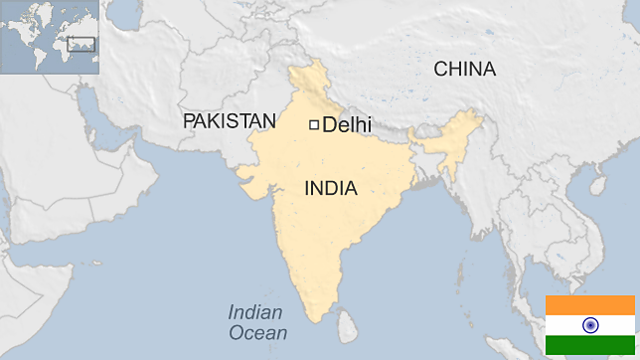Kashmir profile
- Published
This page is no longer being updated. It was last updated on 19 December 2023
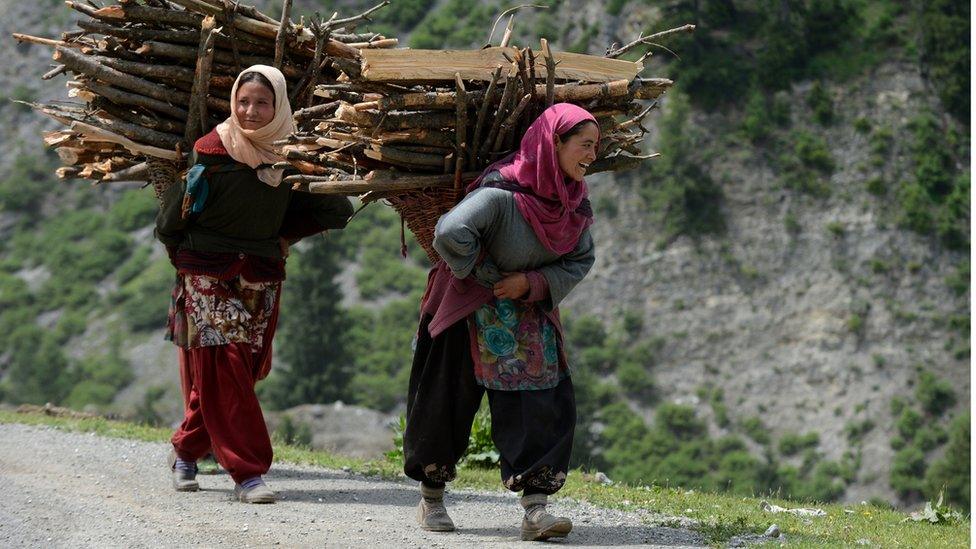
Kashmir features high mountains and deep valleys
The Himalayan region of Kashmir has been a flashpoint between India and Pakistan for over six decades.
Since India's partition and the creation of Pakistan in 1947, the nuclear-armed neighbours have fought two wars over the Muslim-majority territory, which both claim in full but control in part.
Today it remains one of the most militarised zones in the world. China administers parts of the territory.
The population of historic Kashmir is divided into about 10 million people in Indian-administrated Jammu and Kashmir and 4.5 million in Pakistani-administered Kashmir. There are a further 1.8 million people in the Gilgit-Baltistan autonomous territory, which Pakistan created from northern Kashmir and the two small princely states of Hunza and Nagar in 1970.
See more country profiles, external - Profiles compiled by BBC Monitoring, external
HISTORY SINCE 1947
When India and Pakistan gained independence from British rule in 1947, the various princely rulers were able to choose which state to join.
The Maharaja of Kashmir, Hari Singh, was the Hindu head of a majority Muslim state sandwiched between the two countries and could not decide. He signed an interim "standstill" agreement to maintain transport and other services with Pakistan.
In October 1947 tribesmen from Pakistan invaded Kashmir, spurred by reports of attacks on Muslims and frustrated by Hari Singh's delaying tactics. The Maharaja asked for Indian military assistance.
India's governor-general, Lord Mountbatten, believed peace would best be served by Kashmir's joining India on a temporary basis, pending a vote on its ultimate status. Hari Singh signed the Instrument of Accession that month, ceding control over foreign and defence policy to India.
Indian troops took two-thirds of the territory, and Pakistan seized the northern remainder. China occupied eastern parts of the state in the 1950s.
Whether the Instrument of Accession or the entry of Indian troops came first remains a major source of dispute between India and Pakistan. India insists that Hari Singh signed first, thereby legitimising the presence of their troops. Pakistan is adamant that the Maharaja could not have signed before the troops arrived, and that he and India had therefore ignored the "standstill" agreement with Pakistan.
Pakistan demands a referendum to decide the status of Kashmir, while Delhi argues that, by voting in successive Indian state and national elections, Kashmiris have confirmed their accession to India. Pakistan cites numerous UN resolutions in favour of a UN-run referendum, while India says the Simla Agreement of 1972 binds the two countries to solve the problem on a state-to-state basis.
There has been no significant movement from these positions in decades. In addition, some Kashmiris seek a third option - independence - which neither India nor Pakistan is prepared to contemplate.
The two countries fought wars over Kashmir in 1947-48 and 1965. They formalised the original ceasefire line as the Line of Control in the Simla Agreement, but this did not prevent further clashes in 1999 on the Siachen Glacier, which is beyond the Line of Control. India and Pakistan came close to war again in 2002.
The situation was further complicated by an Islamist-led insurgency that broke out in 1989. India gave the army additional authority to end the insurgency under the controversial Armed Forces Special Powers Act (AFSPA). Despite occasional reviews of the AFSPA, it still remains in force in Indian-administered Jammu and Kashmir.
MEDIA
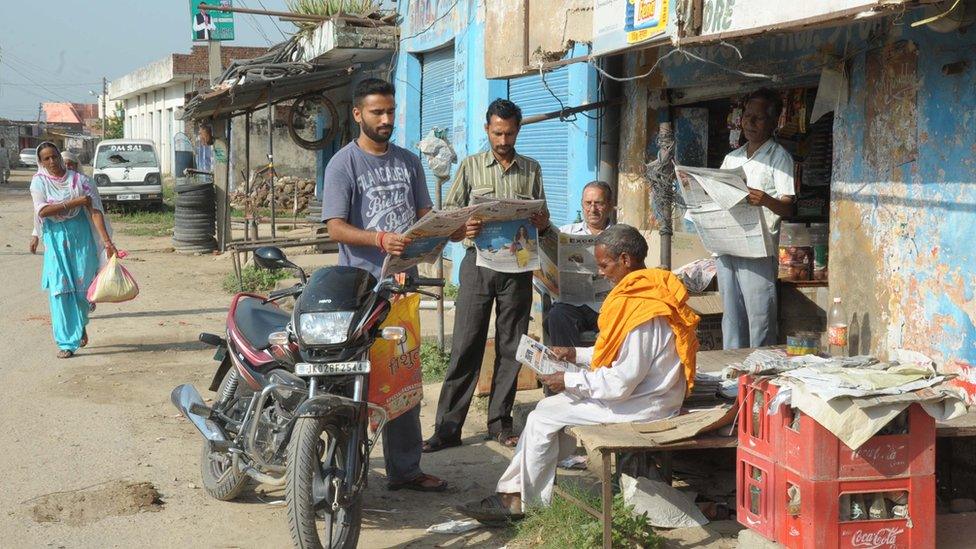
Reporting on Kashmir from both India and Pakistan mainstream media is deeply politicized and reflects the tension between the two countries.
Media in Indian-administered Kashmir are generally split between pro- and anti-secessionist. Local journalists work under strict curfews and also face threats from militant groups. Internet access is sporadic and text messaging services are regularly blocked.
In Pakistani-controlled Kashmir, the media are used mainly for propaganda purposes, mainly to highlight the alleged human rights violations in Indian-administered Kashmir.
TIMELINE
Key dates in Kashmir's history:
1846 - Creation of the princely state of Kashmir.
1947-8 - The Maharaja of Kashmir signs a treaty of accession with India after a Pakistani tribal army attacks. War breaks out between India and Pakistan over the region.
1949 - Kashmir is partitioned between India and Pakistan, with a ceasefire line agreed.
1962 - China defeats India in a brief war in a dispute over the Aksai Chin border area.
1965 - Second Indo-Pakistan war over Kashmir ends in a ceasefire.
Rise of Kashmiri nationalism: Jammu Kashmir Liberation Front is founded with the aim of forming an independent state through the reunification of Indian-administered and Pakistan-administered Kashmir.
1972 - Simla Agreement: India and Pakistan formalise the ceasefire line as the Line of Control as part of new resolve to negotiate differences after their war which ended in Bangladesh splitting from Pakistan.
1980-90s - Kashmir insurgency: Discontent over Indian rule leads to armed resistance, mass protests and a rise in Pakistan-backed militant groups. Ten of thousands of people are killed.
1999 - India and Pakistan engage in a brief conflict after militants cross the Line of Control into the Indian-administered district of Kargil.
2008 - India and Pakistan open trade route across the Line of Control for the first time in six decades.
2010 - Anti-India protests in Indian-administered Kashmir in which over 100 youths are killed.
2015 - Political watershed: Elections in Jammu and Kashmir see India's ruling Hindu nationalist BJP party emerge as a major political player in the region for the first time when it forms part of a coalition government with the regional Muslim People's Democratic Party.
2019 - Indian government strips Jammu and Kashmir state of the special status that gave it significant autonomy.
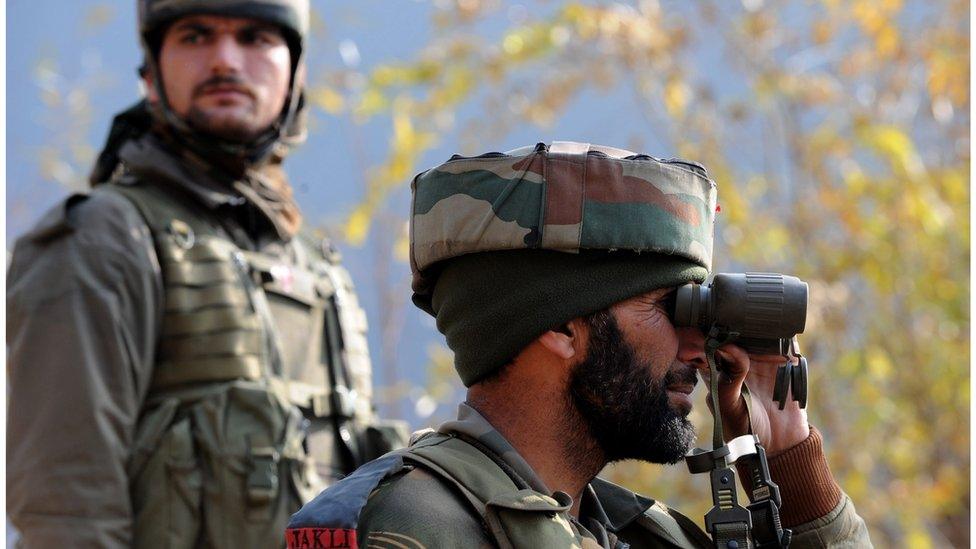
Kashmir is one of the world's most militarised areas
Related topics
- Published15 March 2024
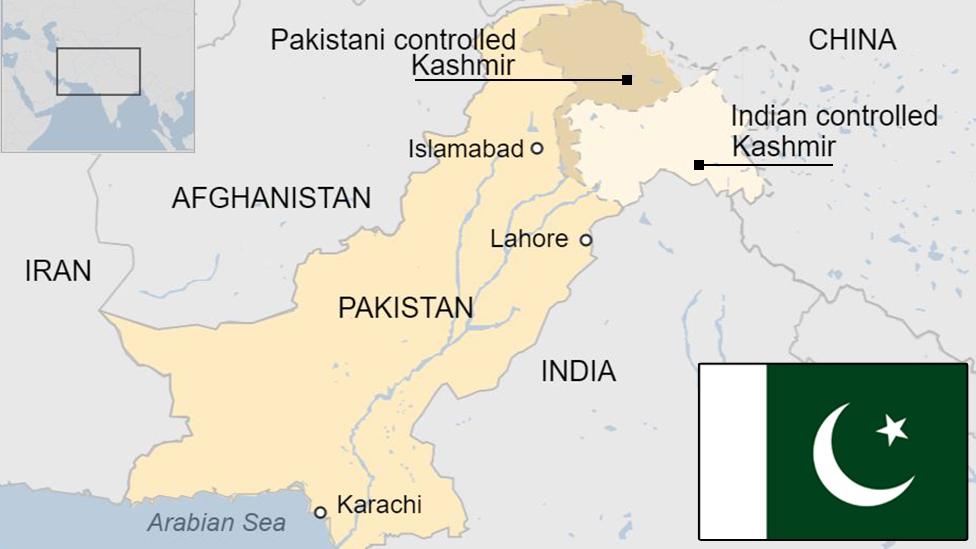
- Published10 March
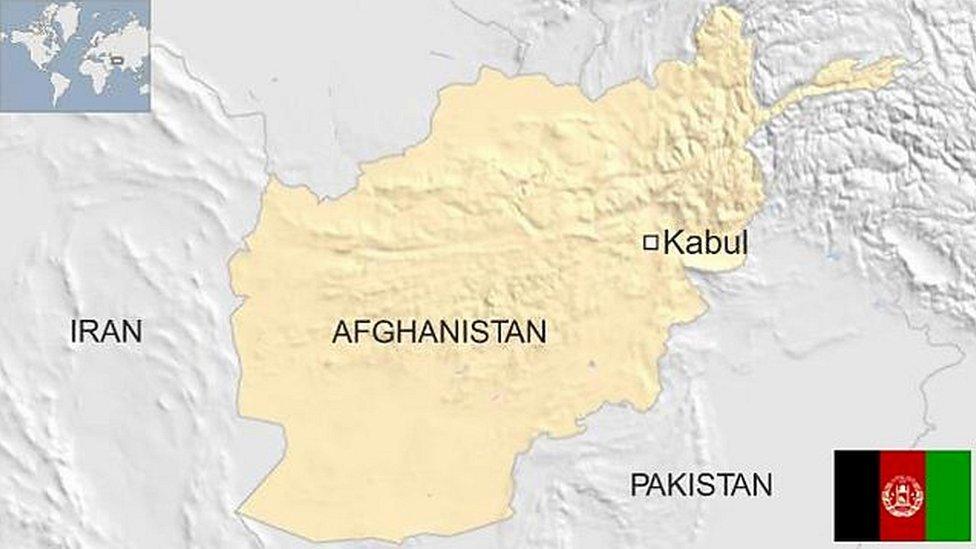
- Published25 August 2023
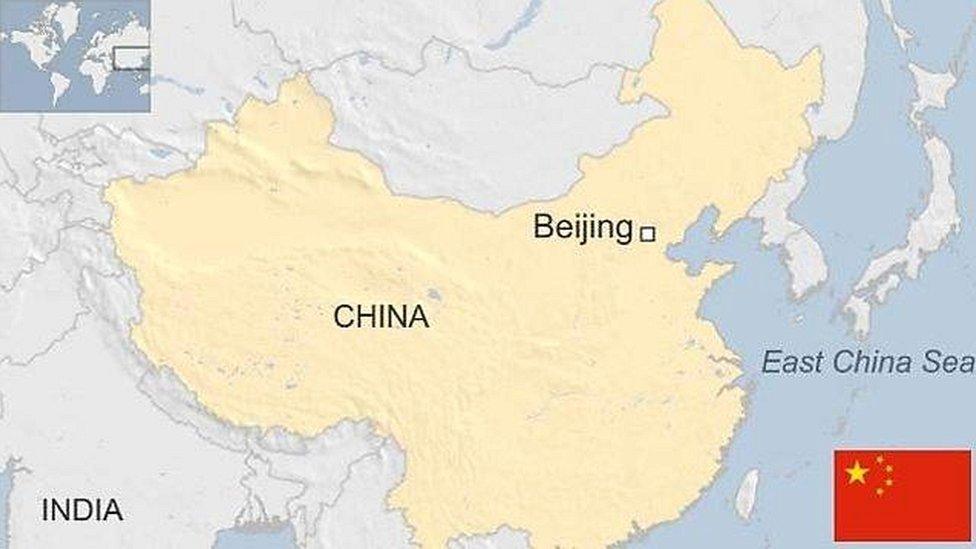
- Published10 March
